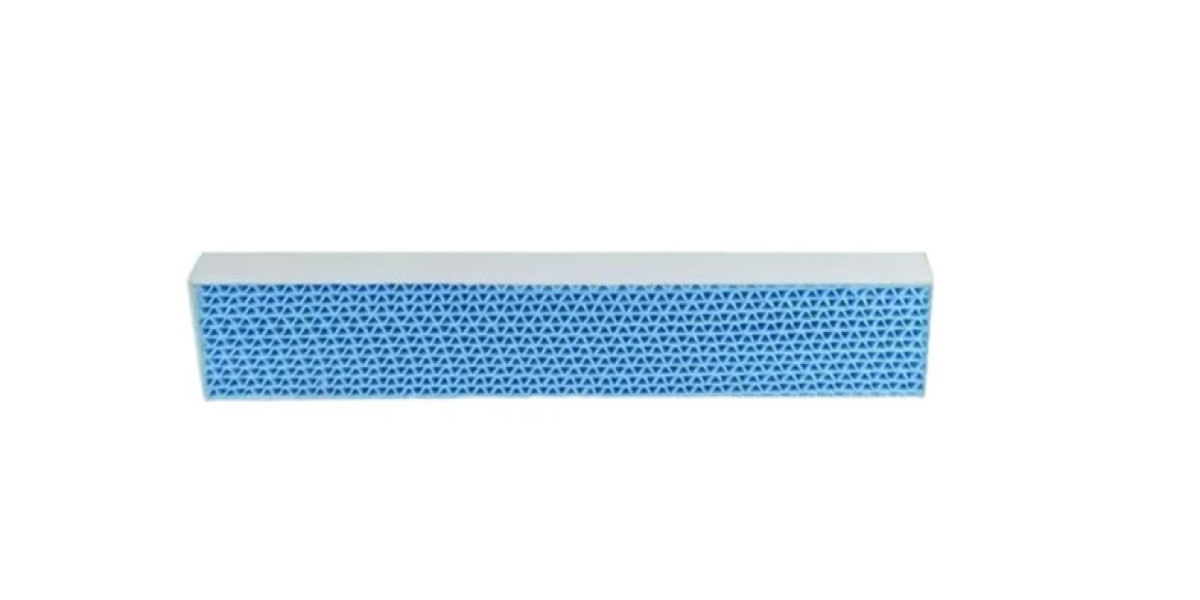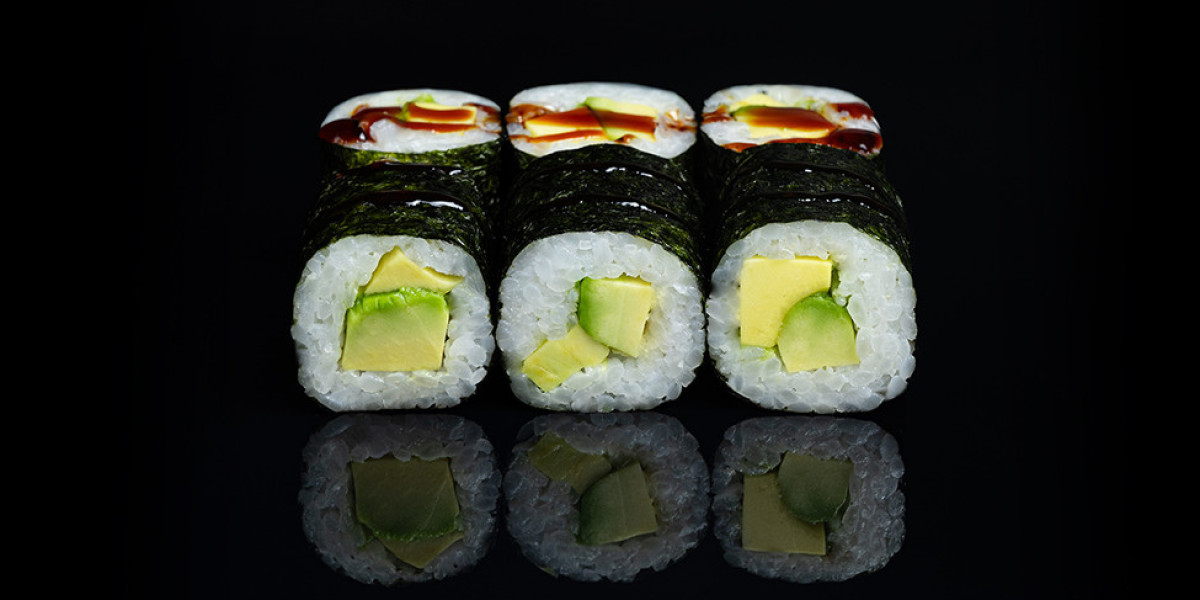Achieving optimal coating thickness is crucial in various industries, including automotive, aerospace, and manufacturing. A wet film thickness gauge is a valuable tool that helps ensure consistent and accurate coating application. However, with various options available, choosing the right wet film can be challenging. In this blog post, Hongrun Purification, a leading provider of coating measurement solutions, will guide you through the process of selecting the right wet film for your specific needs. By understanding the factors to consider and the available options, you can make an informed decision and achieve precise coating thickness in your applications.
I. Understanding Wet Film Thickness
Before delving into the selection process, it is essential to understand wet film thickness and its significance in coating applications. Wet film thickness refers to the thickness of the coating immediately after application, before it dries or cures. It is a critical parameter as it directly affects the final dry film thickness and the performance of the coating. Measuring wet film thickness accurately ensures that the coating meets the required specifications, providing optimal protection, appearance, and functionality.

II. Consider the Coating Type and Application
Different coatings have varying viscosity and leveling properties, which can influence the wet film thickness. Consider the specific coating type you are working with, such as water-based, solvent-based, or powder coatings. Each type may require a different wet film thickness measurement method or gauge. Additionally, the application method, whether it is by spraying, brushing, or rolling, can also impact the wet film thickness requirements. Understanding these factors will help you choose a wet film gauge that is suitable for your specific coating and application process.
III. Selecting the Right Wet Film Gauge
Comb Gauges: Comb gauges are widely used for measuring wet film thickness. These gauges consist of a series of notched teeth with different thicknesses. By gently placing the comb gauge into the freshly applied wet coating, the teeth will penetrate the coating, and the highest tooth with wet coating indicates the wet film thickness. Comb gauges are simple, cost-effective, and suitable for a wide range of coatings.
Wheel Gauges: Wheel gauges, also known as eccentric gauges, use a rotating wheel with a spiral groove. As the wheel is rolled across the wet coating, the groove fills with the coating material. The distance traveled by the wheel provides an indication of the wet film thickness. Wheel gauges are particularly useful for coatings with higher viscosities and uneven surfaces.
Electronic Gauges: Electronic gauges utilize advanced technology to measure wet film thickness accurately. These gauges employ non-destructive methods such as magnetic or eddy current principles. Electronic gauges provide precise and instant measurements, making them suitable for demanding applications where accuracy is critical.

IV. Consider the Wet Film Thickness Range
Different coatings and applications require specific wet film thickness ranges. Ensure that the wet film gauge you choose can accurately measure within the desired range. Some gauges may be more suitable for thin films, while others can handle thicker coatings. It is essential to select a gauge that matches your required wet film thickness specifications to achieve the desired coating performance.
V. Gauge Calibration and Verification
To ensure accurate and reliable measurements, it is crucial to calibrate and verify your wet film gauge regularly. Hongrun Purification recommends following the manufacturer's guidelines for calibration and verification procedures. Regular calibration and verification help maintain the gauge's accuracy and provide confidence in the coating thickness measurements.

VI. Additional Considerations
Ease of Use: Choose a wet film gauge that is user-friendly and offers ease of operation. This will minimize errors and ensure consistent measurements across different operators.
Durability and Quality: Invest in a wet film gauge that is built to last and can withstand the demands of your application environment. High-quality gauges are more reliable and provide accurate measurements over an extended period.
Conclusion
Choosing the right wet film gauge is crucial for achieving accurate and consistent coating thickness in various applications. By considering factors such as the coating type, application method, wet film thickness range, and gauge type, you can make an informed decision. Hongrun Purification, a trusted provider of coating measurement solutions, recommends evaluating these factors and selecting a wet film gauge that meets your specific requirements. With the right wet film gauge in hand, you can ensure precise coating thickness, enhance coating performance, and optimize your application processes.








